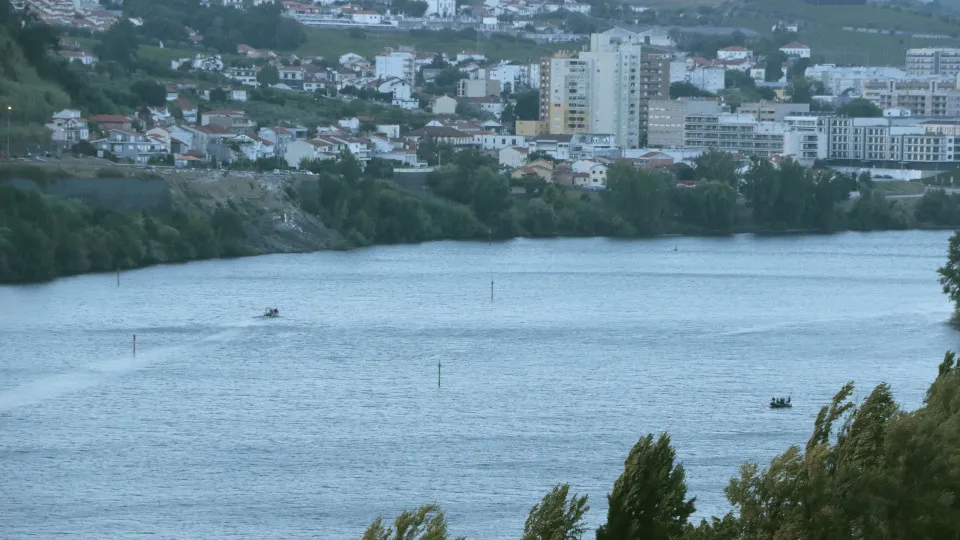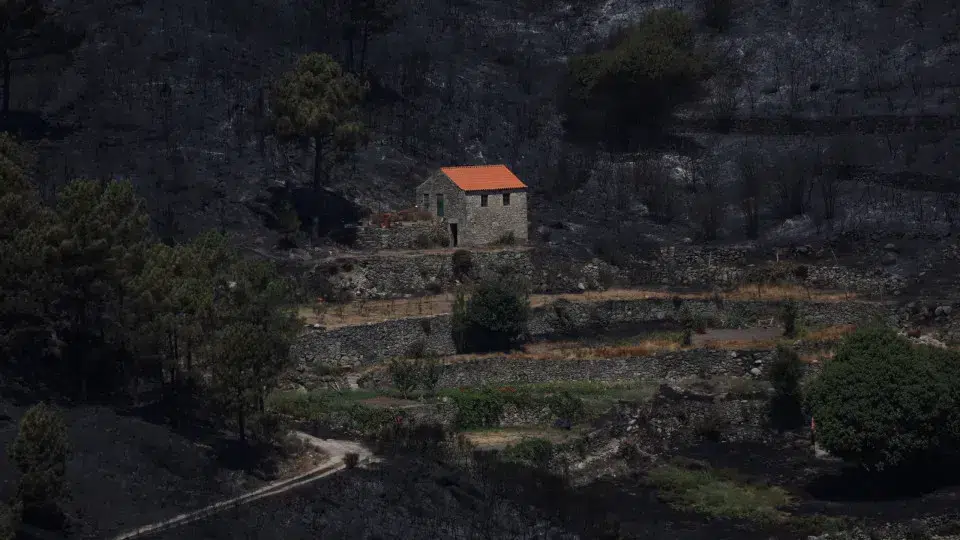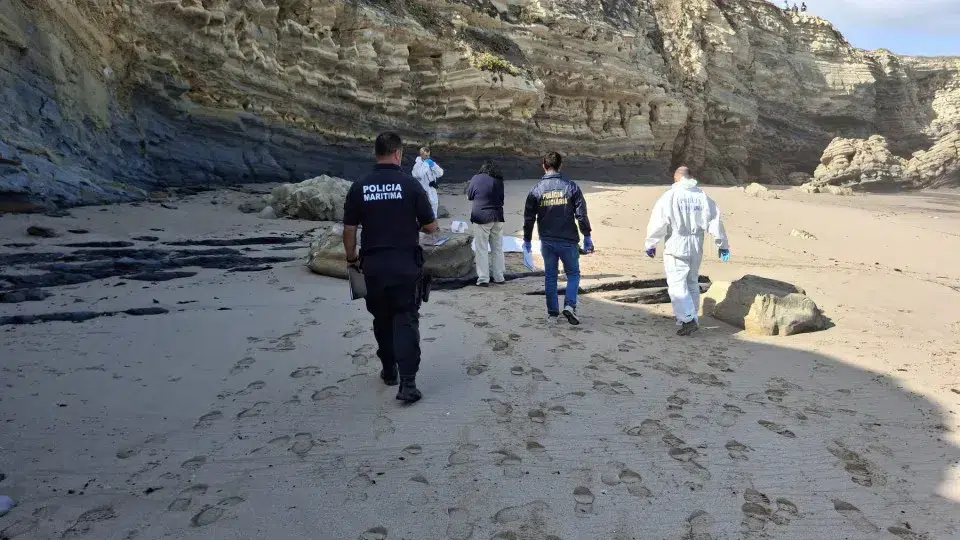
The final report from the Office for the Prevention and Investigation of Aircraft and Rail Accidents (GPIAAF) has concluded its investigation into the helicopter crash on August 30 in Cambres, Lamego, Viseu district, which resulted in the deaths of five GNR/Unit of Emergency Protection and Relief (UEPS) members.
The findings contradict statements by the pilot, the sole survivor, who claimed to GPIAAF investigators that a “medium-sized bird” forced him to divert from his flight path shortly before the crash. His lawyer suggested a “mechanical failure” as the cause of the helicopter’s plunge into the Douro River.
“We have no doubts it was a mechanical failure. My client says the controls became jammed, and we hope the investigation clarifies why. We want it to be clear that the bird was not the reason for the helicopter’s crash. Avoiding a bird is a standard maneuver, which was executed successfully. It had no impact on the accident,” said Albano Cunha, the pilot’s lawyer, five days following the crash.
The investigation found “no technical failures or irregularities associated with the helicopter that could have influenced the sequence of events,” adding that “the engine was generating power at the time of water impact, with no evidence of deficiencies.”
The GPIAAF report stated that “except for the pilot’s declaration, there is no evidence or indication of an evasive maneuver or collision with birds being involved in the accident.”
“The bird presence scenario reported by the pilot is not corroborated by the collected evidence, which shows no deviation in the helicopter’s trajectory… The analysis of the wreckage and available images suggests that the helicopter, which maintained a linear path, was always under the pilot’s control,” the investigators concluded.
The GPIAAF identified the cause of the accident as the helicopter making contact with the river’s surface during a low-altitude flight while returning to its base in Armamar, Viseu district, after the cancellation of an aerial firefighting mission in Fojo, Baião, Porto district.
The helicopter struck the water surface at approximately 220 kilometers per hour.
Investigators also mentioned a “possible loss of situational awareness by the pilot due to visual conditions (water reflection)” and ruled out any intentional or unintentional flight intervention by crew members, as excluded by the pilot.
The crashed helicopter, an AS350 Écureuil model, was operated by HTA Helicopters, based in Loulé, Algarve.
In a statement released on July 10, the Judicial Police (PJ) indicated that the 46-year-old pilot has been named a suspect and charged with negligent homicide and dangerous operation of air, maritime, or railway transport, within an inquiry led by the Regional Department of Investigation and Penal Action (DIAP) in Coimbra, which remains under judicial secrecy.
The suspect underwent an initial judicial hearing, resulting in the imposition of measures including suspension from duties and a prohibition on contacting witnesses involved in the process.
The pilot’s lawyer has announced plans to appeal the coercive measures imposed on his client.



